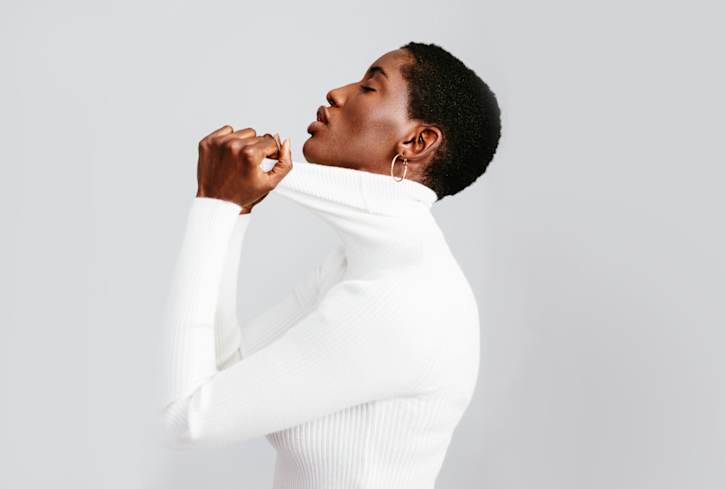Advertisement
The Rise Of Early-Onset Colorectal Cancer (+How To Reduce Your Risk)


Colorectal cancer is expected to become the leading cancer death for young people1 (ages 20-49) in the U.S. by 2030, according to a Science review. Cases of early-onset colorectal cancer (EOCRC), aka young-onset colorectal cancer, have been rising 2% to 4% per year since the 90s in many countries, with more rapid increases occurring in patients under the age of 30.
Knowing this, supporting gut and digestive health is more important than ever. Here's what the research says about preventing early- and late-onset CRC.
Why are early-onset colorectal cancer cases rising?
Colorectal cancer is one of the most common forms of cancer in the U.S. and the second leading cause of cancer death (after lung cancer), accounting for 9% of all cancer mortalities in 2020, per the CDC.
Researchers hypothesize that the increase in EOCRC could be due to a number of health and environmental factors in younger demographics, including:
- Increased consumption of standard American diet foods (e.g., sugary beverages, red and processed meat)
- Obesity in adolescence and adulthood
- Sedentary behavior
- Metabolic conditions (e.g., hypertension, hyperglycemia, hyperlipidemia, type 2 diabetes)
- Increased antibiotic use
- Increased environmental toxin exposure
- Higher rates of C-sections and other surgical procedures
The connection between vitamin D deficiency and colorectal cancer
In addition to rising risk factors, evidence shows that failing to get enough of certain nutrients (like vitamin D) can increase the risk of developing colorectal cancer.
According to a 2019 Journal of the National Cancer Institute study, vitamin D deficiency (which affects 29% of U.S. adults2) increases risk of colorectal cancer by 31%3. Higher circulating vitamin D levels [i.e., 25(OH)D] were found to lower CRC risk in women substantially compared to men.
Scientists found that the optimal 25(OH)D level for reducing colorectal cancer risk is at least 40 ng/ml—10 ng/ml higher than what’s clinically defined as “sufficient.” This is in line with leading wellness experts’ recommended vitamin D status of 50 ng/ml.
How to achieve & maintain vitamin D sufficiency
To maintain optimal vitamin D levels (again, 50 ng/ml) science shows you need a daily intake of 5,000 IU of vitamin D3 (not D2). Unfortunately, it's nearly impossible for most people to get there via food and sunshine alone.
The most effective way to ensure you get enough vitamin D is to take a quality vitamin D3 supplement that delivers 5,000 IU and, ideally, added healthy fats to help optimize absorption. For an insider’s look at the best vitamin D supplements on the market, check out mindbodygreen’s guide to finding the perfect D3 supplement for you.
The takeaway
Early-onset colorectal cancer is rising at a rapid rate—especially for Americans under the age of 30. Research also shows that vitamin D deficiency increases colorectal cancer risk by 31%.
To reach and sustain healthy vitamin D levels, consider increasing your vitamin D intake with a premium D3 supplement.
3 Sources
- https://www.science.org/doi/10.1126/science.ade7114
- https://www.cambridge.org/core/journals/british-journal-of-nutrition/article/vitamin-d-deficiency-and-insufficiency-among-us-adults-prevalence-predictors-and-clinical-implications/44E436843510FE6BDE856D5BCB9C651F
- https://academic.oup.com/jnci/article/111/2/158/5035027?login=false


















